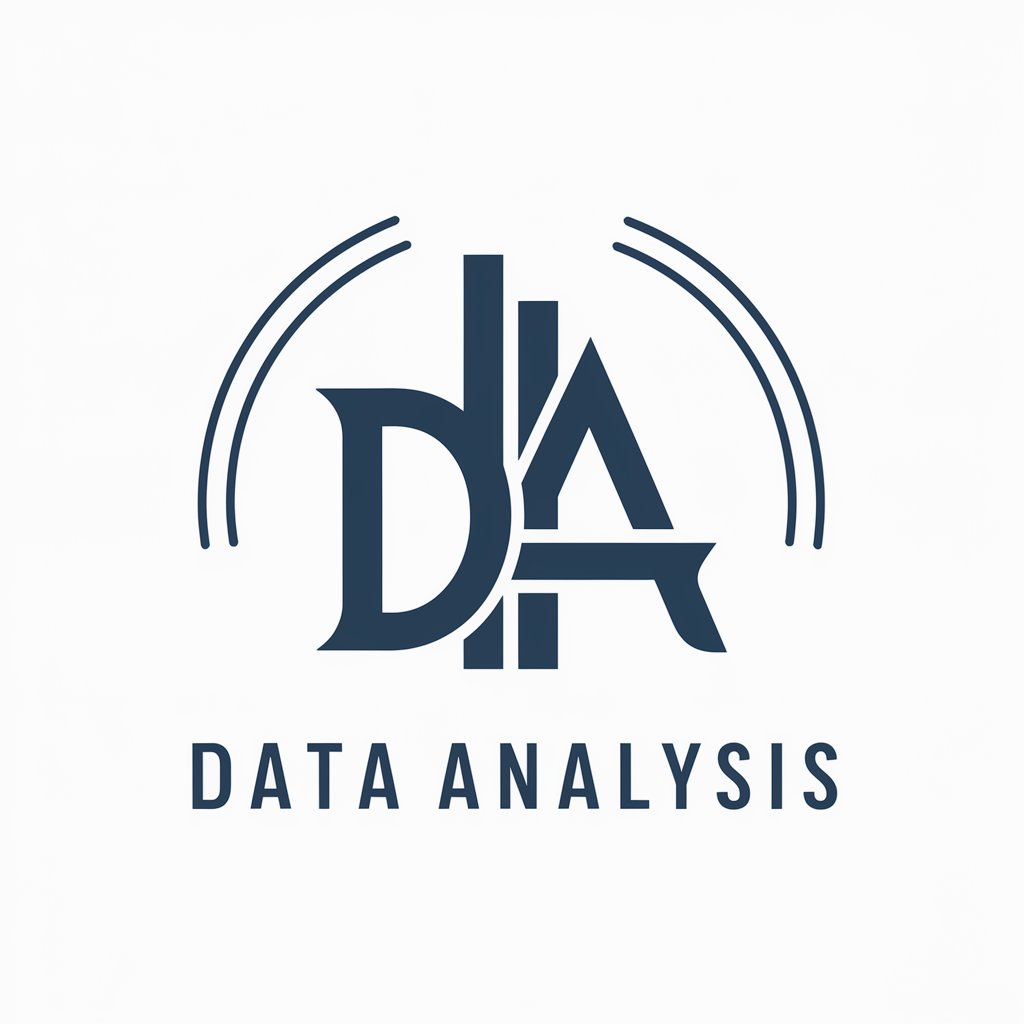Data Driven Marketing Strategy - AI-driven marketing insights

Hello! I'm here to assist with your market analysis and strategy needs.
AI-Powered Marketing Strategy Optimization
Analyze the competitive landscape for...
Identify the top benefits and USPs of...
Define the key audience segments for...
Create a marketing strategy that includes...
Get Embed Code
Introduction to Data Driven Marketing Strategy
Data Driven Marketing Strategy (DDMS) refers to the systematic approach of leveraging data to inform and optimize marketing decisions. This strategy focuses on gathering, analyzing, and interpreting data to understand consumer behavior, market trends, and the effectiveness of marketing efforts. By utilizing data, businesses can make informed decisions that enhance customer engagement, improve targeting, and increase return on investment (ROI). For example, a company launching a new product might use DDMS to analyze customer feedback, sales data, and online behavior to refine their marketing campaigns and product features, ensuring a better market fit and higher customer satisfaction. Powered by ChatGPT-4o。

Main Functions of Data Driven Marketing Strategy
Market Analysis
Example
Analyzing market trends to identify opportunities and threats.
Scenario
A retail company uses DDMS to analyze purchasing patterns and seasonal trends, allowing them to stock products that are in high demand during specific times of the year.
Customer Segmentation
Example
Dividing a broad consumer market into sub-groups based on shared characteristics.
Scenario
An online clothing retailer uses data to segment customers by demographics, purchase history, and browsing behavior, enabling personalized marketing campaigns.
Performance Tracking
Example
Monitoring the effectiveness of marketing campaigns through key performance indicators (KPIs).
Scenario
A tech company tracks KPIs like click-through rates (CTR) and conversion rates to assess the success of their digital ad campaigns and adjust strategies accordingly.
Predictive Analytics
Example
Using historical data to forecast future trends and behaviors.
Scenario
A financial services firm employs predictive analytics to anticipate customer needs and tailor their offerings, enhancing customer retention and satisfaction.
Personalization
Example
Creating customized marketing messages based on individual customer data.
Scenario
A streaming service analyzes viewing habits and recommends shows or movies tailored to individual preferences, boosting user engagement and satisfaction.
Optimization of Marketing Spend
Example
Allocating marketing budgets more efficiently based on data insights.
Scenario
A consumer goods company uses data to determine which marketing channels yield the highest ROI, optimizing their advertising budget to focus on the most effective channels.
Ideal Users of Data Driven Marketing Strategy
Marketing Professionals
These individuals benefit from DDMS by gaining deeper insights into customer behavior, improving targeting accuracy, and enhancing campaign effectiveness.
Business Analysts
They use DDMS to interpret data trends and provide actionable insights that support strategic business decisions and market positioning.
E-commerce Companies
E-commerce businesses leverage DDMS to optimize their online presence, personalize customer experiences, and increase sales conversions.
Product Managers
Product managers utilize DDMS to understand customer needs, refine product features, and ensure product-market fit, leading to higher customer satisfaction.
Digital Marketing Agencies
Agencies apply DDMS to develop data-driven strategies for clients, improving campaign performance and demonstrating measurable results.

Guidelines for Using Data Driven Marketing Strategy
1
Visit yeschat.ai for a free trial without login, also no need for ChatGPT Plus.
2
Identify your target audience and define clear marketing goals. Gather data on customer demographics, behaviors, and preferences to tailor your strategy.
3
Use the tool to analyze competitors by entering the relevant market and product/service category. Review their benefits, unique selling propositions (USPs), and marketing tactics.
4
Segment your audience based on demographics, psychographics, and behavior. Create detailed audience personas and identify pain points, goals, and desired outcomes.
5
Generate insights, develop targeted marketing messages, and create a promotional plan. Utilize the tool’s suggestions for offers, incentives, and promotional activities to enhance engagement and conversion.
Try other advanced and practical GPTs
Digital Workplace consultant
AI-powered Microsoft 365 optimization tool

Book Buy AI - Find Books
Discover Books with AI-Powered Precision

Zen Co-Pilot by ty-gpt.com
Streamline customer interactions with AI

Ty *IČO
Unveiling Business Potential, AI-Powered

Neus
AI-Powered Assistance for All Your Needs

Oferta Direta
Craft Ads that Convert

Data Analist
Harness Data, Drive Decisions

APG/Article 1.2 Beta
Power Your Content with AI

CAE Simulation Expert-Ansys|Fluent|LS-DYNA|Abaqus
Powering Engineering Insights with AI

Real Photo Maker
Crafting Reality with AI

Kahve Falı Uzmanı / Coffee Reading Expert
Discover Stories in Your Coffee

Complete PCL Coder
Empowering 3D data manipulation with AI

FAQs about Data Driven Marketing Strategy
What is Data Driven Marketing Strategy?
Data Driven Marketing Strategy is a systematic approach that leverages data analysis to guide marketing decisions, optimize campaigns, and achieve better customer targeting and ROI.
How can I analyze competitors using this tool?
You can input your market and product category to obtain a detailed analysis of competitors, including their main benefits, USPs, and marketing strategies.
What kind of audience segmentation can I perform?
The tool allows segmentation based on demographics, psychographics, hobbies, interests, and online/offline aggregation points, helping to create precise audience personas.
How does the tool assist in identifying customer pain points?
It analyzes customer feedback, reviews, and market trends to highlight common issues, frustrations, and unmet needs of your target audience.
Can this tool help in creating promotional plans?
Yes, it provides recommendations for offers, incentives, and promotional activities, helping to craft effective marketing strategies to boost customer engagement and sales.
